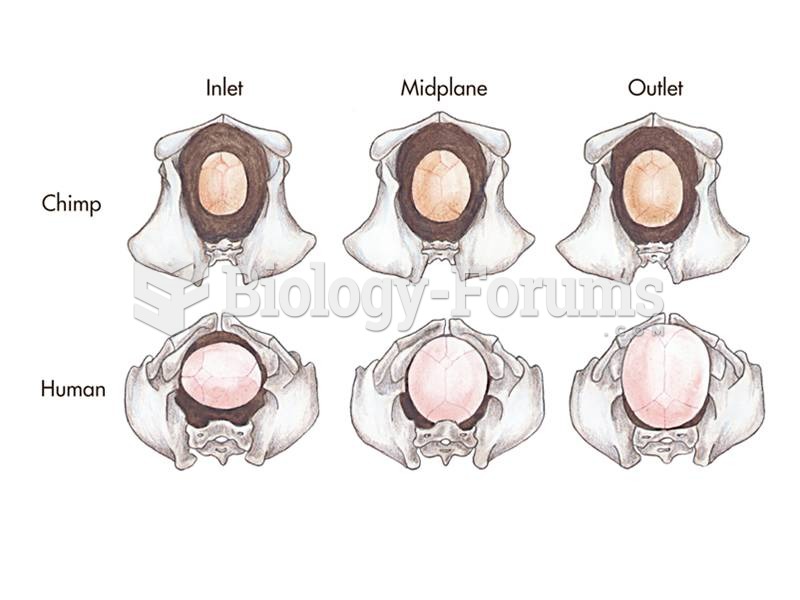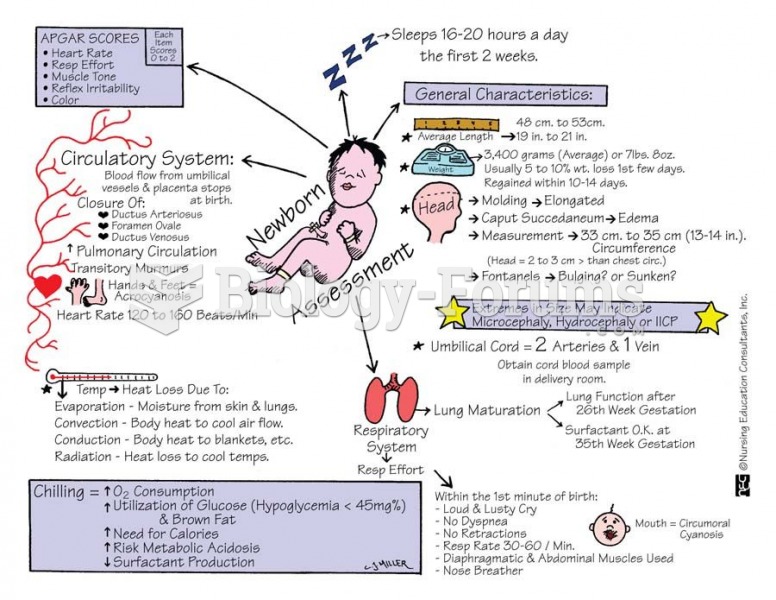|
|
|
Did you know?
Thyroid conditions may make getting pregnant impossible.
Did you know?
In 2010, opiate painkllers, such as morphine, OxyContin®, and Vicodin®, were tied to almost 60% of drug overdose deaths.
Did you know?
The longest a person has survived after a heart transplant is 24 years.
Did you know?
Bisphosphonates were first developed in the nineteenth century. They were first investigated for use in disorders of bone metabolism in the 1960s. They are now used clinically for the treatment of osteoporosis, Paget's disease, bone metastasis, multiple myeloma, and other conditions that feature bone fragility.
Did you know?
Human stomach acid is strong enough to dissolve small pieces of metal such as razor blades or staples.







